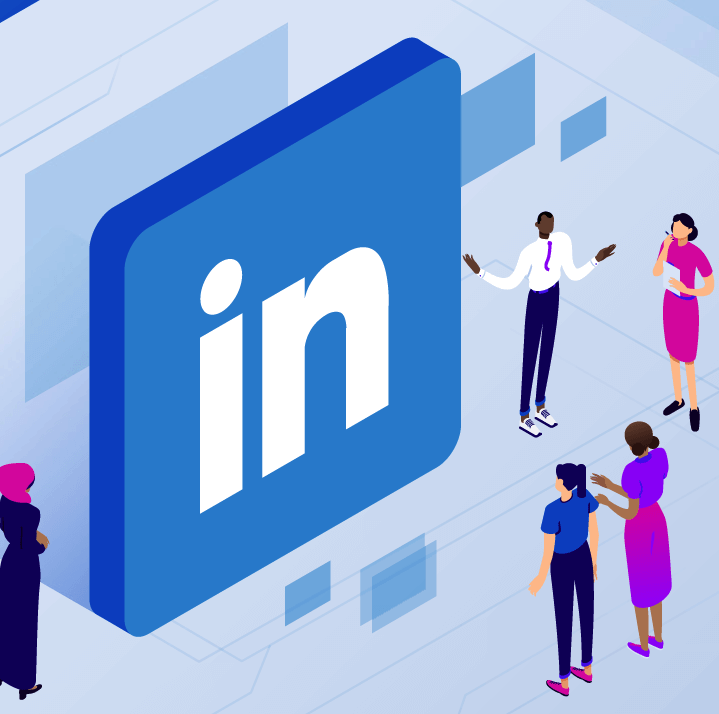The top ten things to know about LinkedIn Stories
Earlier this month, LinkedIn launched its not-so-long-awaited ‘stories’ function, presumably as a way of diversifying its appeal to a younger audience and removing its stereotype as the ‘blackberry of social media’ – stiff, all work, no fun.

The platform says that stories will ‘enable members and organisations to share images and short videos of their everyday professional moments that last for just 24 hours’ and that ultimately it is looking to create more informal conversations than the commenting and messaging functionality provides.
The timing of the release was interesting – just as the UK went into national lockdown, which meant that no-one really had anything of great interest to share. Cue: multiple working from home set-ups, morning work-outs, Zoom screenshots and, dare I say it…breakfast, lunch (and for those who are still hard at it) dinner pictures.
But while the content isn’t great, admit it: when you saw the fancy new icons when you last logged into LinkedIn, you were at least intrigued? No, you weren’t — and herein lies the first major problem. Not the content, but the fact that you probably didn’t know that LinkedIn stories exist.
This is because they are currently only available on the app, which is maddening when you consider that 60% of LinkedIn’s demographic access the platform via desktop. So, they’ve already lost more than half of their audience.
Ok, so maybe we can look beyond this. Yes, the timing wasn’t great, and yes, it would make much more sense if the feature was accessible via desktop devices, but as one of the 70% LinkedIn users over the age of 30, you absolutely love stories. TELL ME YOU LOVE STORIES. You don’t. The truth is that across social media platforms, the biggest users of stories are those under the age of 30 and in the health tech and on LinkedIn – the under 30s audience is slightly scarce.
So, now you’re wondering if it’s really worth using LinkedIn Stories at all, especially in health tech? What do you post? And will your target audience actually see it? Of course, there’s an argument here to say we’re no longer operating in a B2B or B2C world, only human to human, but here are a few things to consider if you do decide to take the plunge:
- Ask yourself if your audience is mobile – if not, it’s probably not worth it just yet
- If your plan is to use LinkedIn, consider why your audience is there and what type of content they want (clue: its most likely to be different to Facebook and Twitter)
- Think about how Stories are going to fit with your wider social media strategy. Can you support this for the long term, or are you going to spread yourself too thinly and not make an impact on any channel?
- Have a plan/objective for each post – just because LinkedIn Stories are casual doesn’t mean that what you post shouldn’t have a purpose
- Develop your/your brand’s personality – be authentic, contextual and relevant to a LinkedIn B2B audience (but don’t put on a tie and act oddly)
- Ensure your thumbnail is interesting and compelling as there is no preview like on Instagram and Facebook
- Make an impact from the outset or people won’t click on your story – use AMA (ask me anything), product launches, pull quotes from blogs, polls and not just dull screenshots
- Generate attention for you/your company to show people what’s happening behind the scenes and why
- Start the story strong – people leave stories around 40-60% of the way through so put your strongest content first
- Mention people, connect, invite conversation and don’t be afraid to create a lead magnet or call to action
Will we be using Stories… before launching into the latest marketing tool full steam ahead, we’ll be analysing the traffic, reach, and ultimately the resource that will be needed to make an impact in a lockdown world before we nail our colours to the mast. But my personal advice for LinkedIn is to stick to what you’re good at (perhaps video conferencing or call scheduling add-ons), or find an actual innovation rather than just duplicating what the other platforms are doing.